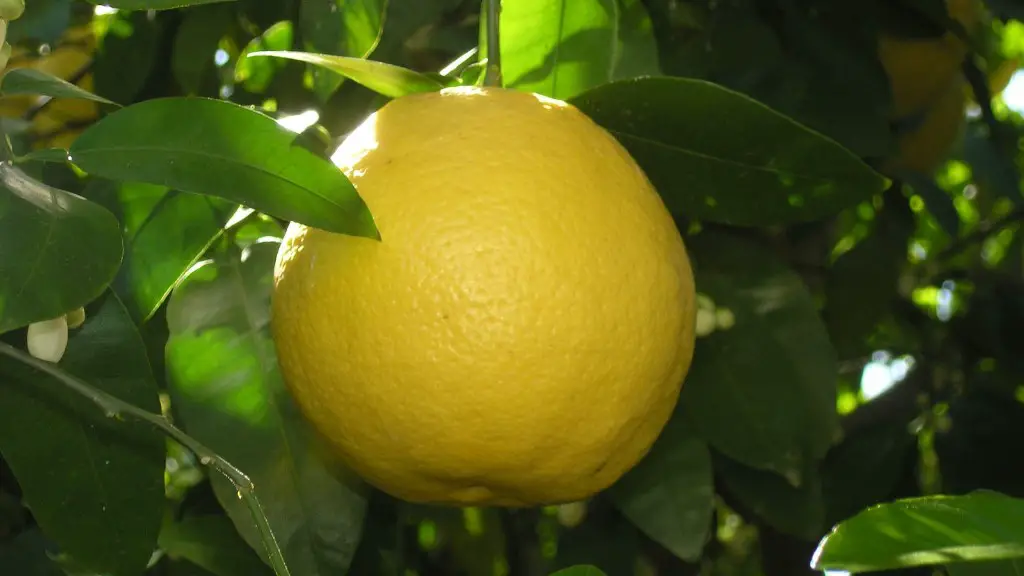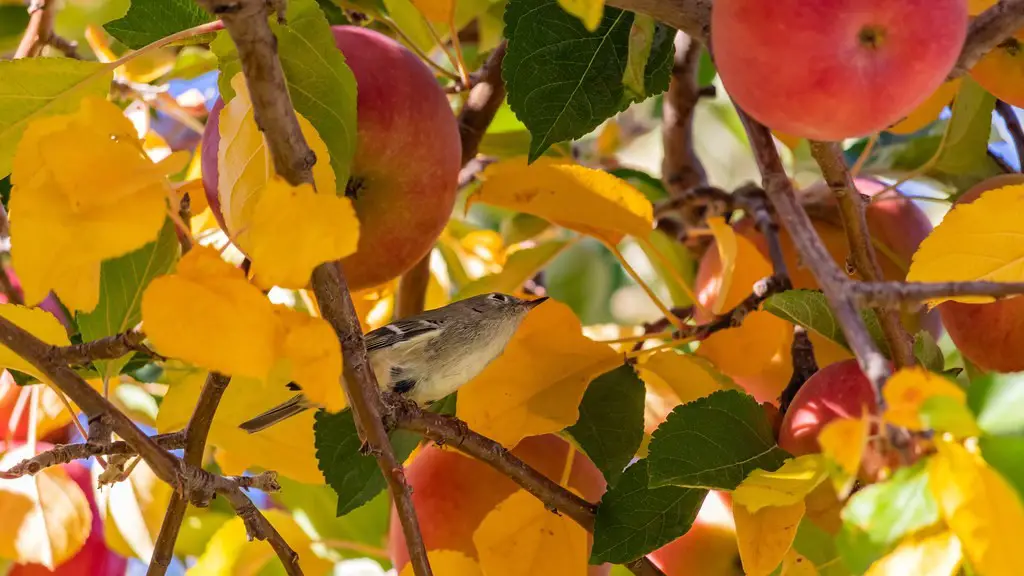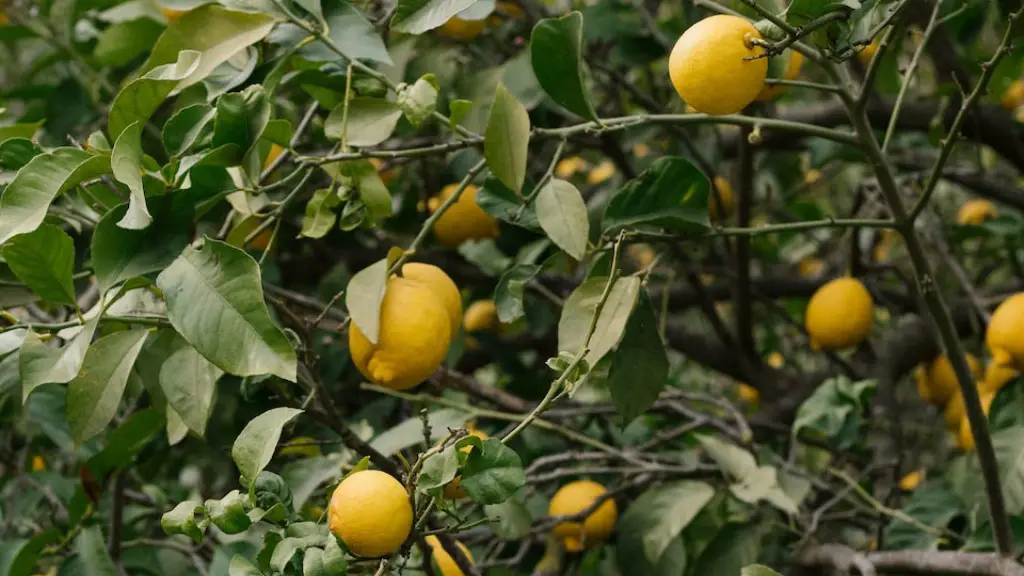Growing lemon trees requires the right type of soil in order for the trees to thrive and bear fruit. Lemon trees prefer a soil that is slightly acidic, high in organic matter and drains well. The ideal soil conditions for a lemon tree are achieved when planting it in a well-amended soil. This article will describe the different types of soil and amendments that work best for a lemon tree, and offer tips on how to prepare the soil in order to ensure healthy growth and successful fruit yields.
The most suitable soil for a lemon tree should consist of a combination of sand, silt, and clay. Sandy soils are well draining, but do not hold onto nutrients for long, so it is important to supplement with plenty of organic matter, such as compost or manure. Silt soils are also well-draining, but have a greater capacity to retain nutrients. Clay soils are more dense and can retain moisture, but need to be amended with sand and organic matter in order to provide the lemon tree with adequate drainage.
Amending the soil with organic matter is essential for providing the lemon tree with vital nutrients. Compost and manure are two of the most common organic amendments and should be added at a rate of two to four inches and mixed into the planting area. Animal hoof and horn, seaweed extract, and chitin are other options that can be added to provide the lemon tree with nutrients that it needs to thrive.
For lemon trees, it is important to provide them with adequate drainage. Adding sand to the soil is one way to help improve drainage, and can be mixed with the organic matter prior to planting. Another option is to create raised garden beds for the lemon tree. By installing the tree in a raised bed, excess water is able to drain away from the surrounding soil, which can prevent waterlogged roots and other drainage problems.
It is also important to take the time to check the pH level of the soil prior to planting the lemon tree. The pH should be between 5.5 and 7.0 and can be easily tested with a soil testing kit. If the pH is too high, adding elemental sulfur to the soil can be effective in lowering the pH level. Additionally, adding a slow-release fertilizer prior to planting can help to ensure that the tree receives the proper nutrition.
Proper soil preparation is essential to ensure that a lemon tree is successful. By following the steps outlined above, gardeners can create the ideal soil conditions for a healthy and fruitful lemon tree.
Fertilization
Fertilizing your lemon tree is an important part of keeping it healthy and productive. Lemon trees require a balanced fertilizer, with a nitrogen-phosphorus-potassium (NPK) ratio of 8-8-8 or 10-10-10. A granular slow-release fertilizer that contains micronutrients is ideal for lemon trees. It should be applied three times a year – in early spring, mid-summer, and early autumn – at a rate of one pound per year of tree age. It is important to water the fertilizer into the soil to ensure that the nutrients are absorbed.
Pruning
Pruning is an important part of lemon tree care. Pruning is best done in late winter or early spring, to help shape the tree and encourage new growth. Pruning should focus on removing dead or diseased branches, and branches that are growing inwards or crossing over other branches. Pruning can also help to open up the tree’s canopy, allowing sunlight to reach the inner branches and fruit. It is also important to prune away any branches that are producing fruit in order to encourage larger fruit production.
Watering
The amount of water that your lemon tree needs will depend on a variety of factors, including the type of soil, local weather conditions, and the age of the tree. Generally, lemon trees need to be watered at least twice a week during dry summer months, and once per week during fall, winter, and spring. It is important to avoid overwatering, as this can drown the tree’s roots and lead to root rot.
Disease and pest control
Protecting your lemon tree from disease and pests is essential to keeping it healthy. Pests can be controlled by using insecticidal soaps, horticultural oils, or biological methods. Disease can be controlled with the use of fungicides. It is important to be on the lookout for signs of disease, such as wilting foliage or symptoms of nutrient deficiencies.
Harvesting
Harvesting your lemons is an exciting part of lemon tree care. Generally, lemons are ready to be harvested when they are bright yellow and have begun to soften. It is best to harvest them in the morning, when the sun is not at its hottest. It is also important to be mindful of the size of the lemons when harvesting, as larger lemons are usually ripe, whereas smaller lemons may still be unripe.
Storage and preservation
Once your lemons have been harvested, they should be stored correctly in order to maximize their shelf life. For best results, store your lemons on a shelf in a cool, dark, and dry location. Lemons can also be frozen or preserved in syrup, lemon juice, or in a sugar syrup. It is also important to sterilize the lemons before using them to prevent contamination.



